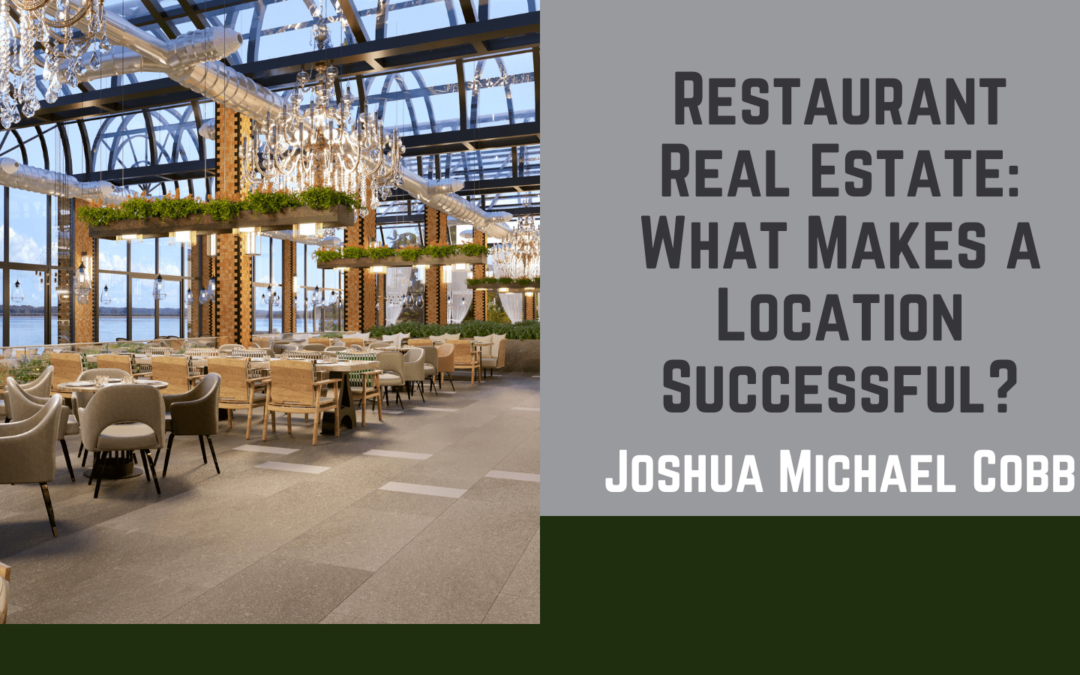Selecting the ideal location for a restaurant is akin to finding the secret ingredient in a gourmet recipe. It’s a blend of various factors contributing to the establishment’s success. Understanding these restaurant real estate elements can turn an average location into a culinary hotspot.
Visibility and Accessibility
First impressions matter. A restaurant’s visibility and ease of access are crucial. A spot easily seen from busy streets or within high foot traffic areas often guarantees more customers. It’s simple: the easier it is to spot and reach your restaurant, the more likely people are to dine there.
Demographics
Demographics play a pivotal role. A successful restaurant understands its target audience and their preferences. A family-style diner might thrive in a suburban neighborhood, while a trendy vegan café could find its niche in an urban, millennial-dominated area. Aligning the restaurant’s concept with the local population’s preferences is a recipe for success.
Competition and Companionship
The local dining scene’s density can make or break a restaurant. While a unique concept can stand out in a crowded market, too much competition might lead to a struggle for survival. Conversely, being the only dining option in an area doesn’t guarantee success. It’s about finding the right balance.
Economic Health
The economic environment of the location is a strong indicator of a restaurant’s potential success. An area with growing employment rates and a robust economy suggests a population with disposable income likely to spend on dining out. It’s not just about today’s economy but also its future trajectory.
The Lease
While rent costs are important, there’s more to a lease than its price tag. The terms of the lease, the landlord’s reputation, and the flexibility offered can significantly influence a restaurant’s long-term success. A good lease agreement provides stability and growth potential.
Parking and Accessibility
In many areas, the availability of parking can be a game-changer. Convenient parking options make a restaurant more attractive, especially in suburban or car-dependent locales. Similarly, proximity to public transportation can be a key factor in urban areas.
Choosing the right location for a restaurant is a strategic decision that requires a blend of insight, research, and understanding of the local market. It’s not just about the physical space but how it aligns with the restaurant’s concept, target demographic, and the broader economic landscape. Just like in cooking, the right combination of ingredients can lead to a delightful outcome.

